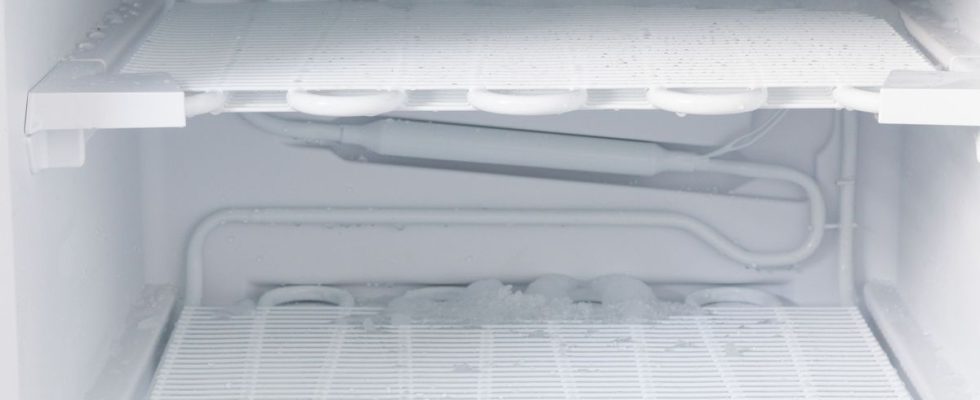Published on
Updated
Reading 2 min.
Mainly used for their refrigerating power, fluorinated gases paradoxically contribute to global warming. These powerful gases are exclusively linked to human activities, which means they can be avoided. They have also recently been the subject of a European ban in certain household appliances, such as refrigerators.
They will be banned in refrigerators from 2026. Fluorinated gases are in fact in the sights of the European Union. On January 16, a law aimed at gradually banning them from household appliances was adopted by MEPs (by 457 votes to 92), with a view to a complete ban on fluorinated gases by 2050, the deadline set by the EU to achieve carbon neutrality. But what exactly are we talking about? Fluorinated gases, also known as fluorinated greenhouse gases, are powerful greenhouse gases. The most common are hydrofluorocarbons (HFCs), used in industries as refrigerants. It is found in appliances such as refrigerators, freezers and air conditioners, but also in heat pumps and even in the soles of certain sports shoes!
According to European Parliament estimates, fluorinated gases represent around 2.5% of greenhouse gas emissions, but their global warming potential may be more powerful than CO2. However, it is possible to replace them: in particular with ammonia, propane or even zeolite, so-called “natural” refrigerants with less warming potential. Other methods are also deployed to limit the emission of fluorinated gases into the atmosphere, such as the recovery, recycling or destruction of household appliances at the end of their life.
Scientists are also working on the development of less energy-consuming technologies aimed at replacing substances such as fluorinated gases to continue to power devices intended to cool or heat our homes. This is particularly the case of a team of American researchers from the University of Berkeley (California) who recently developed an ionocaloric cooling technique. This term refers to the way in which a material or element changes from a solid state to a liquid state or vice versa, through atoms or molecules. In this case, by flows of ions coming from a specific type of salt. Researchers hope that cooling can one day help replace refrigerants with high global warming potential and provide safe and efficient cooling and heating in homes.
